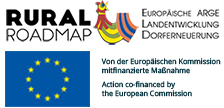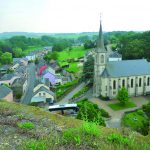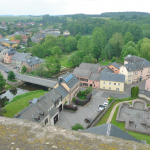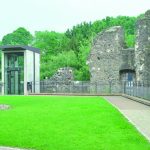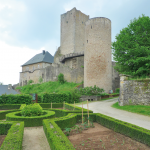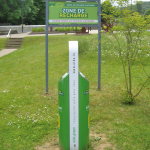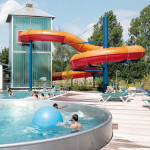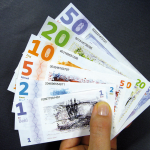De Réidener Kanton, Luxembourg
The De Réidener Kanton, an intercommunal fusion of ten municipalities located in the West of Luxembourg, constitutes the transition area between the rural regions and the urban space of the city of Luxembourg. 16,500 people from 30 different countries populate the area of 27,000 hectares. A steady decrease in population until the 1970s and the closure of farms, businesses, governmental institutions as well as the railway line bled the region dry and made it the most underdeveloped in the entire country. In 1990 four municipalities joined forces in order to reverse this trend, later on six more municipalities followed. The primary goal was the return of certain institutions that would meet the demands to improve the living quality which had gradually been outsourced into the city.
One of the first projects was the joint development of regional business parks in order to specifically establish innovative technology- and start-up centers. Many small and medium-sized businesses from the eco-energy and construction industry have since created 500 jobs and thereby, contributed to the regional value creation. They have formed a collaboration and work closely with the network “Youth4work” which specifically prepares young adults for their working lives. As a result, youth unemployment was cut in half, adolescents attained higher qualifications, and out-migration was counteracted. These efforts are complimented by the “Attert Lycee” which educates young talents in the fields of ecology and energy efficiency.
Consciousness raising and networking are the key terms in regards to culture and social affairs. The first inter-municipal daycare center enables people to better juggle work and family life. Offers for young people and senior citizens are also best characterized by the term networking. Qualified educators raise young people’s awareness towards sustainable development and the elderly participate in diverse projects parallel with all generations and thereby, strengthen the social cohesion. The transportation to and from communal meeting areas is facilitated by a bus system which is paid for by the municipalities. Long-term unemployed people assume driver responsibilities and therefore, the bus transfer is not only a transport policy but also an employment measure.
In order to reduce CO2-emissions and promote soft mobility, the country’s first network of charging stations for electric cars was introduced in 2011. Sustainable forms of mobility are additionally promoted due to the expansion of regional bicycle paths and the supply with e-bikes. The valorization of the cultural landscape as well as the preservation and altered utilization of historical building structure are further concerns. A heritage trail for the visually impaired and people with reduced mobility foster the participation of disabled people in society.
The persistent pursuit of development is also manifested in the evaluation of current economic potential of land and buildings, the specific activation and altered utilization, as well as the imposition of penalty taxes for vacant buildings and stores.
The ten municipalities of the canton and their impressive measures are proof that broad cooperation is not only possible but able to significantly increase quality of living. The integration of experts, politicians, and citizens, as well as the courageous implementation of visionary ideas have made the canton a forerunner for all Luxembourg. Above all, the establishment of innovative and sustainable energy solutions and the humanitarian approach of many projects have improved people’s lives.
Evaluated: 2014
